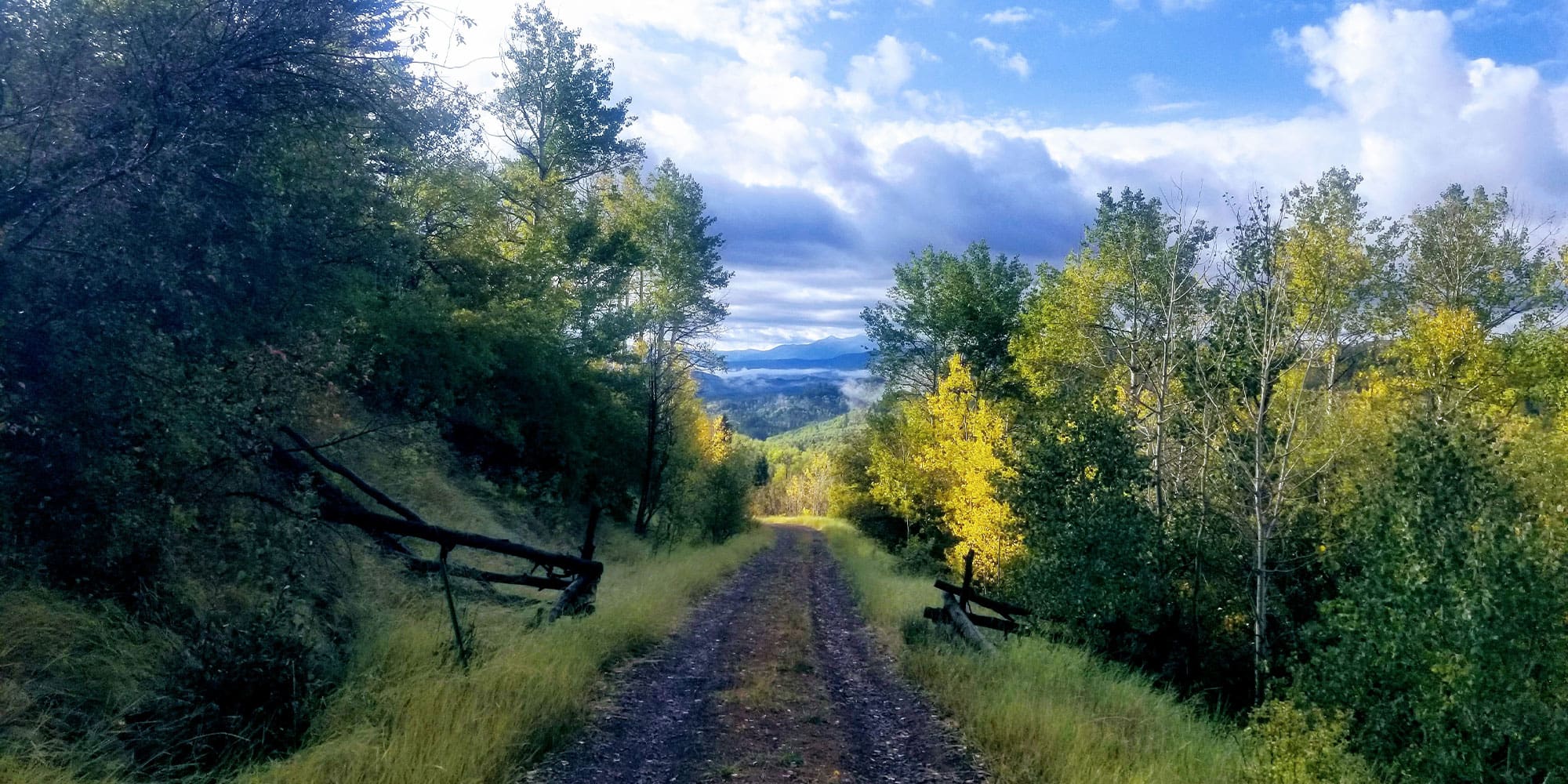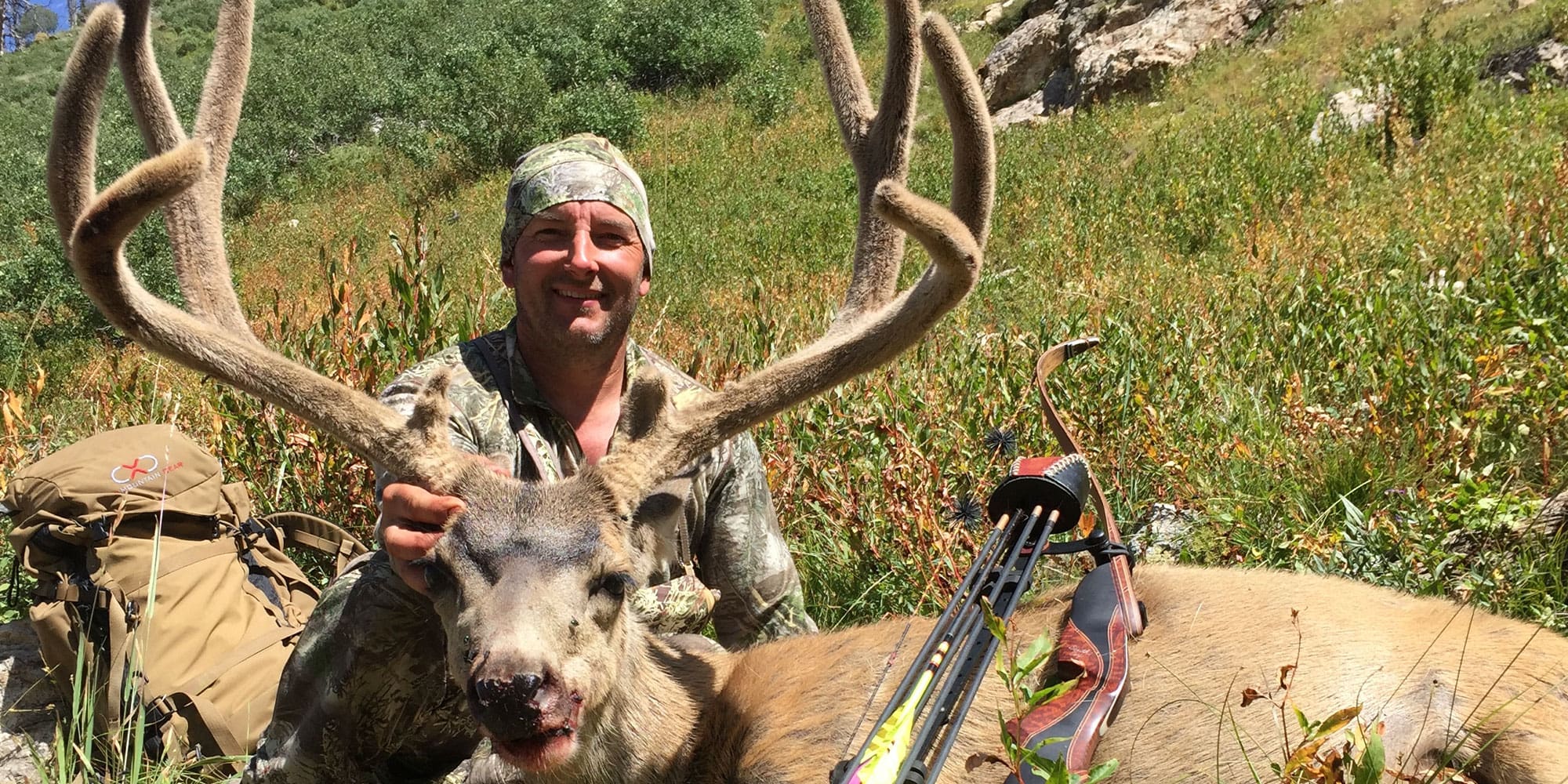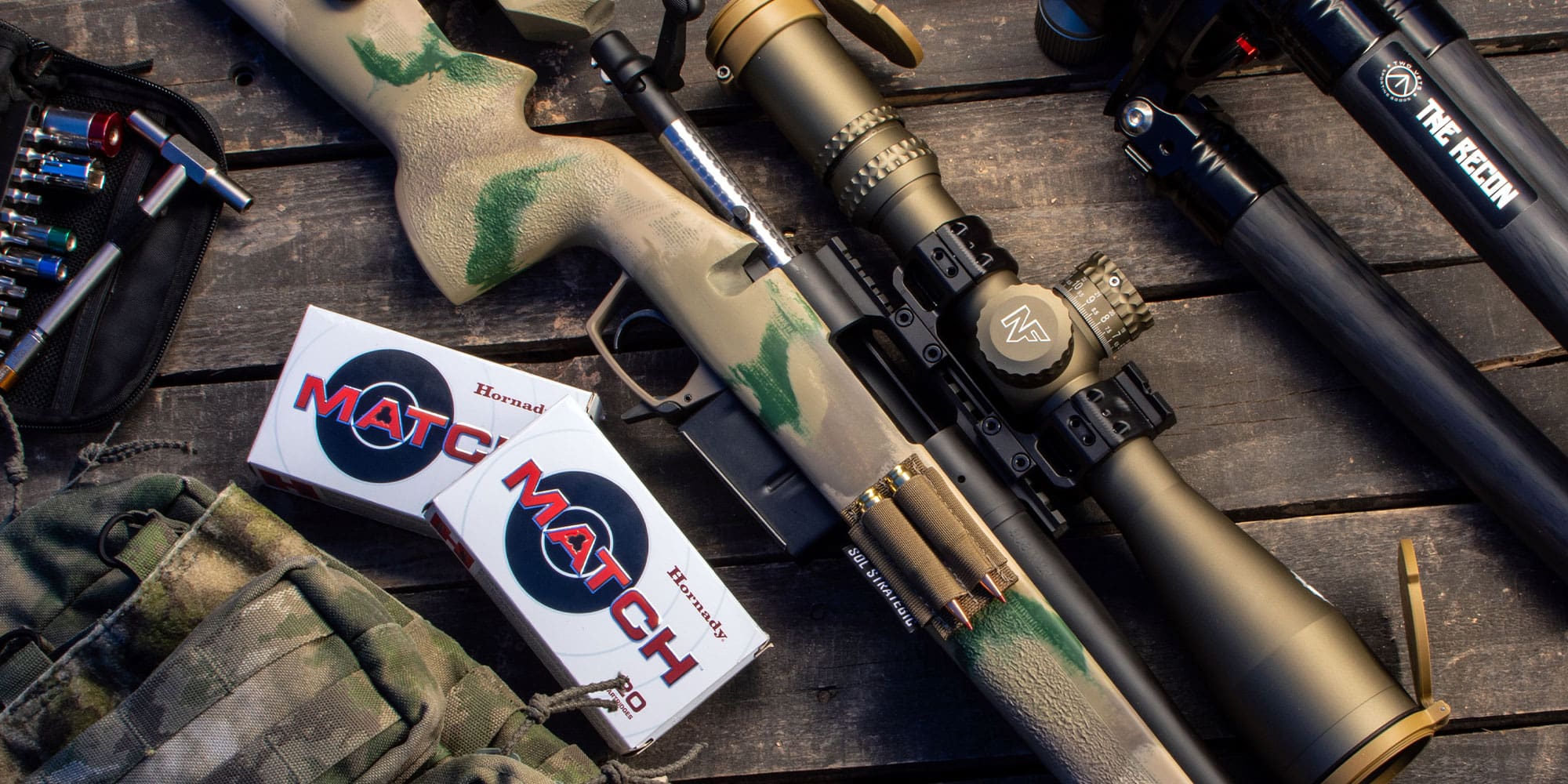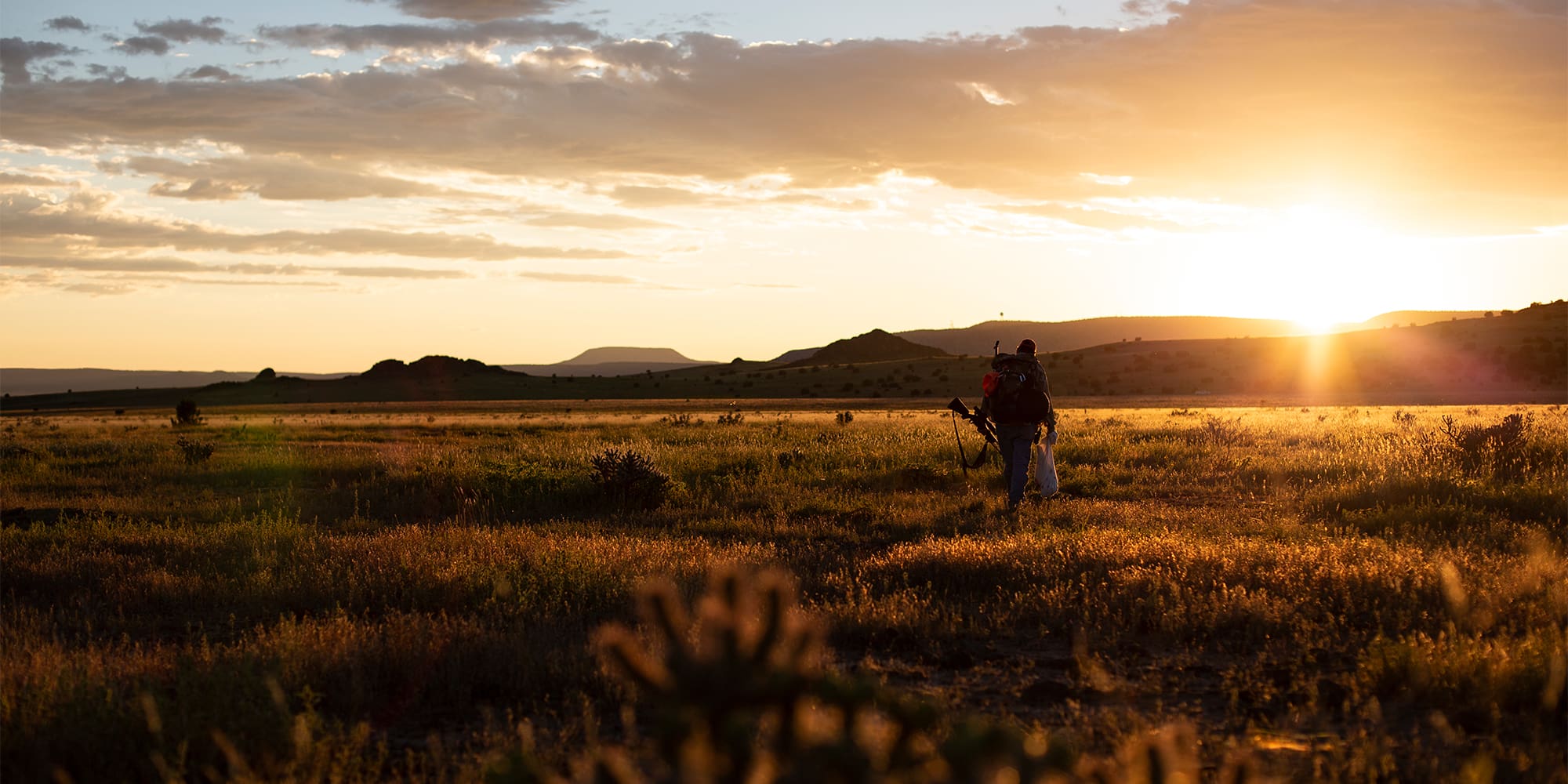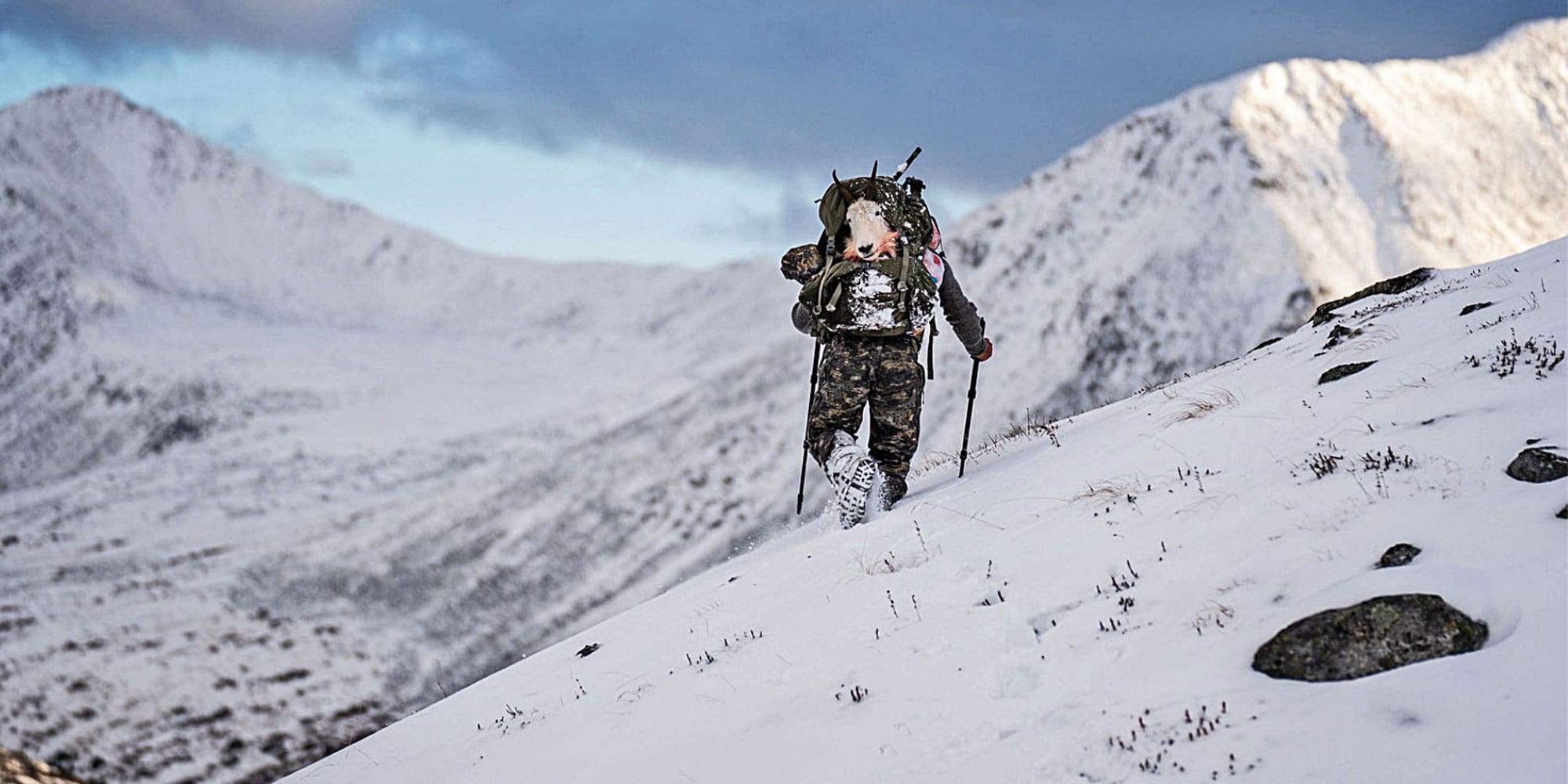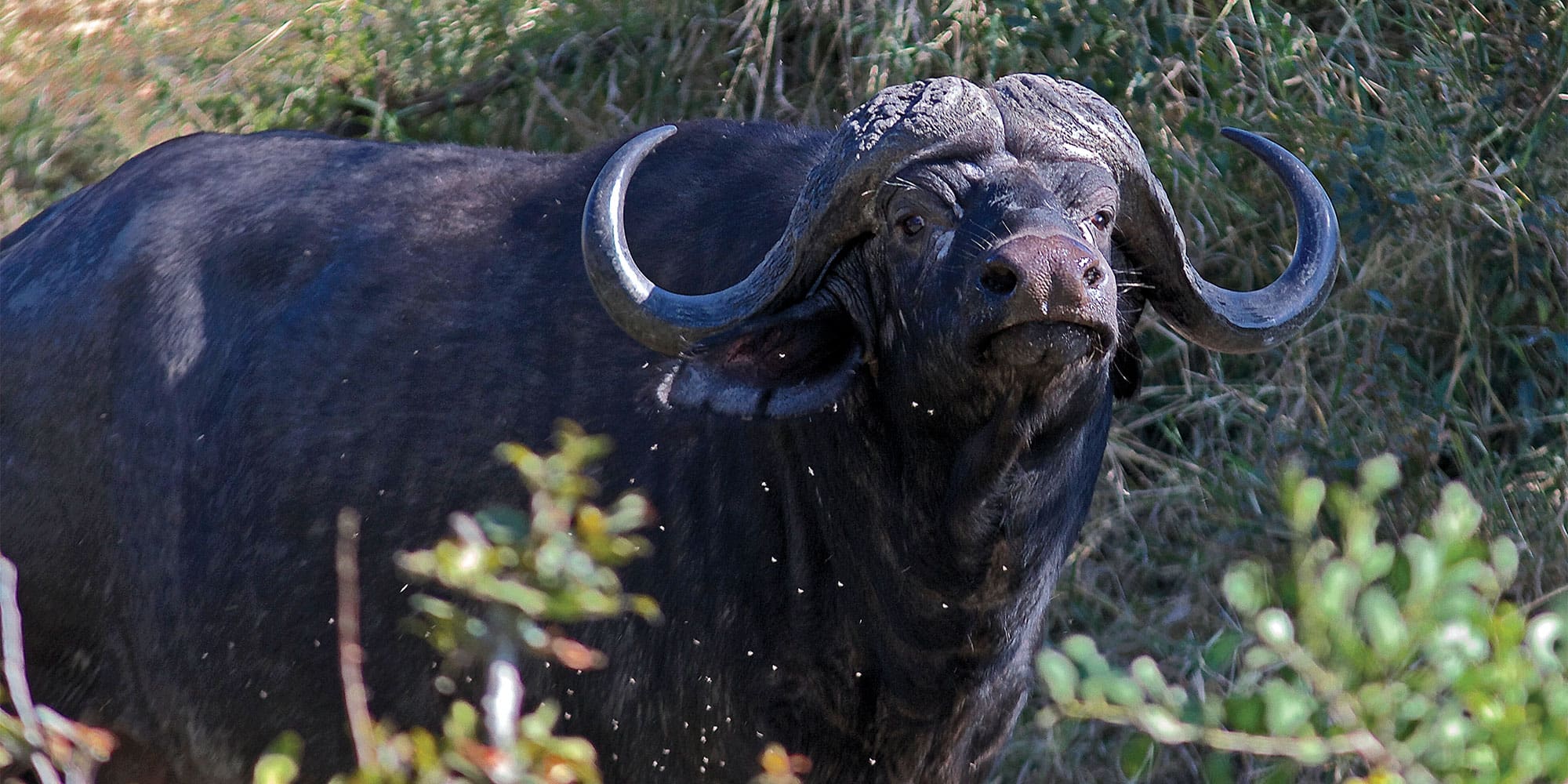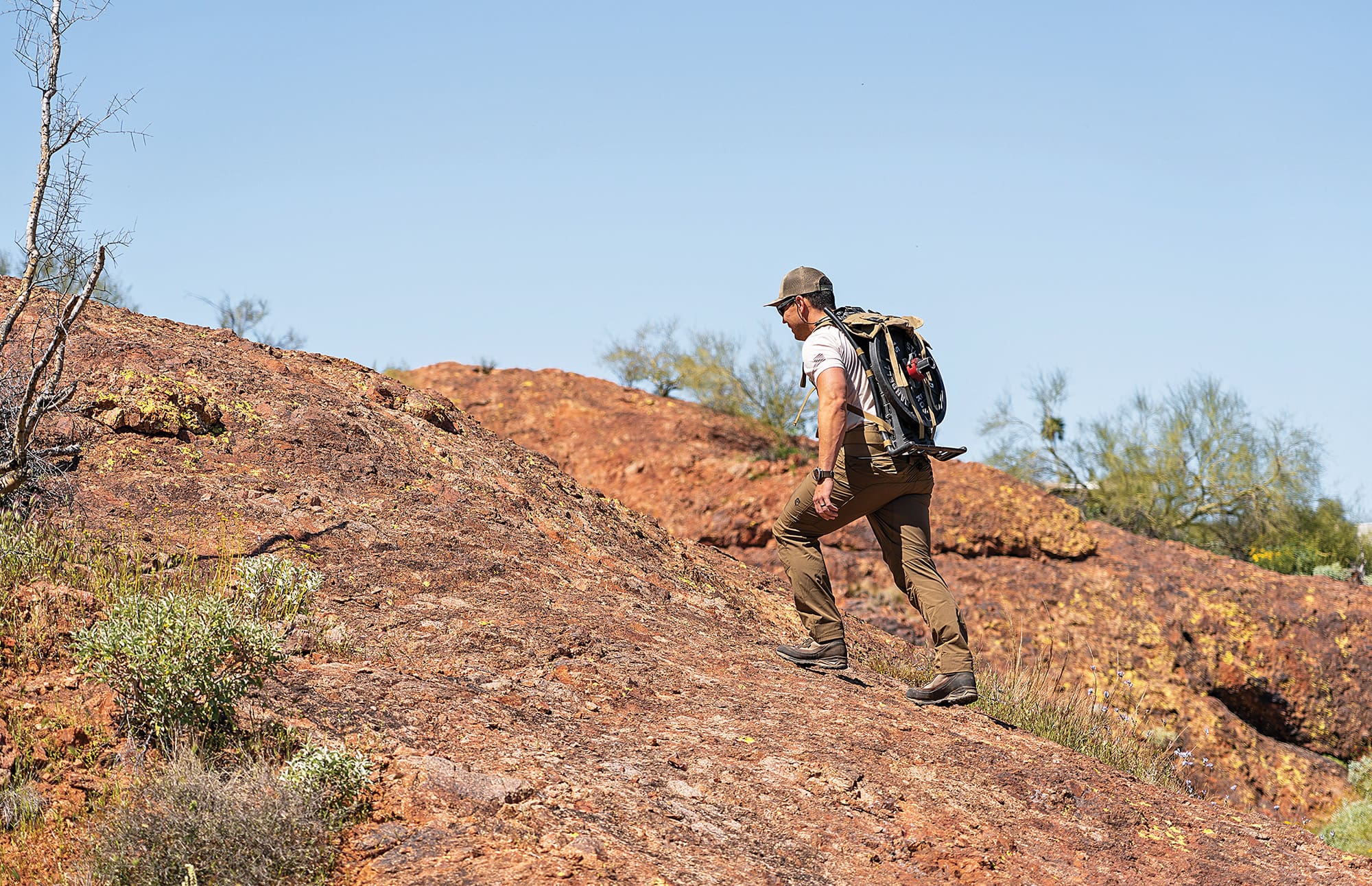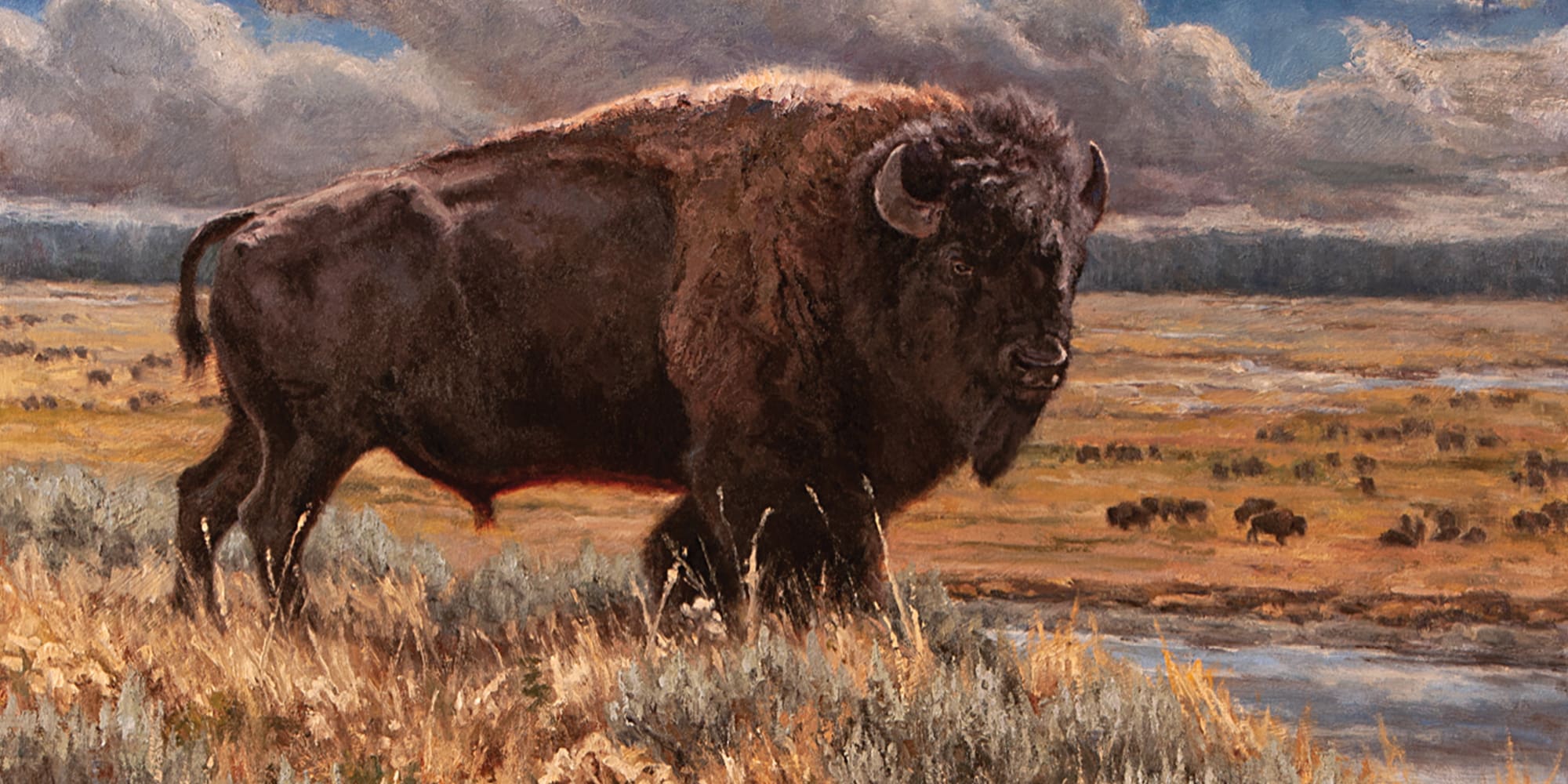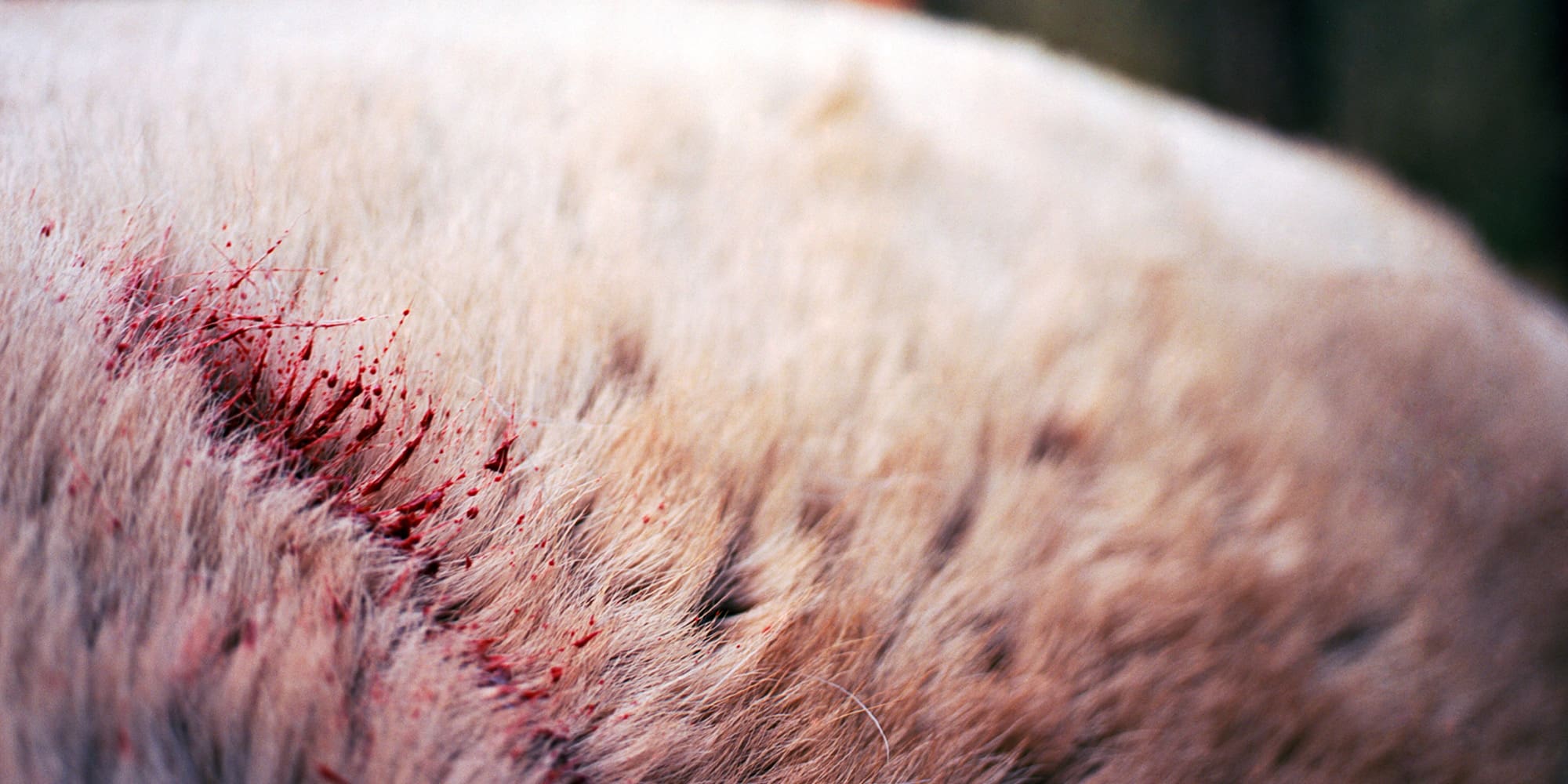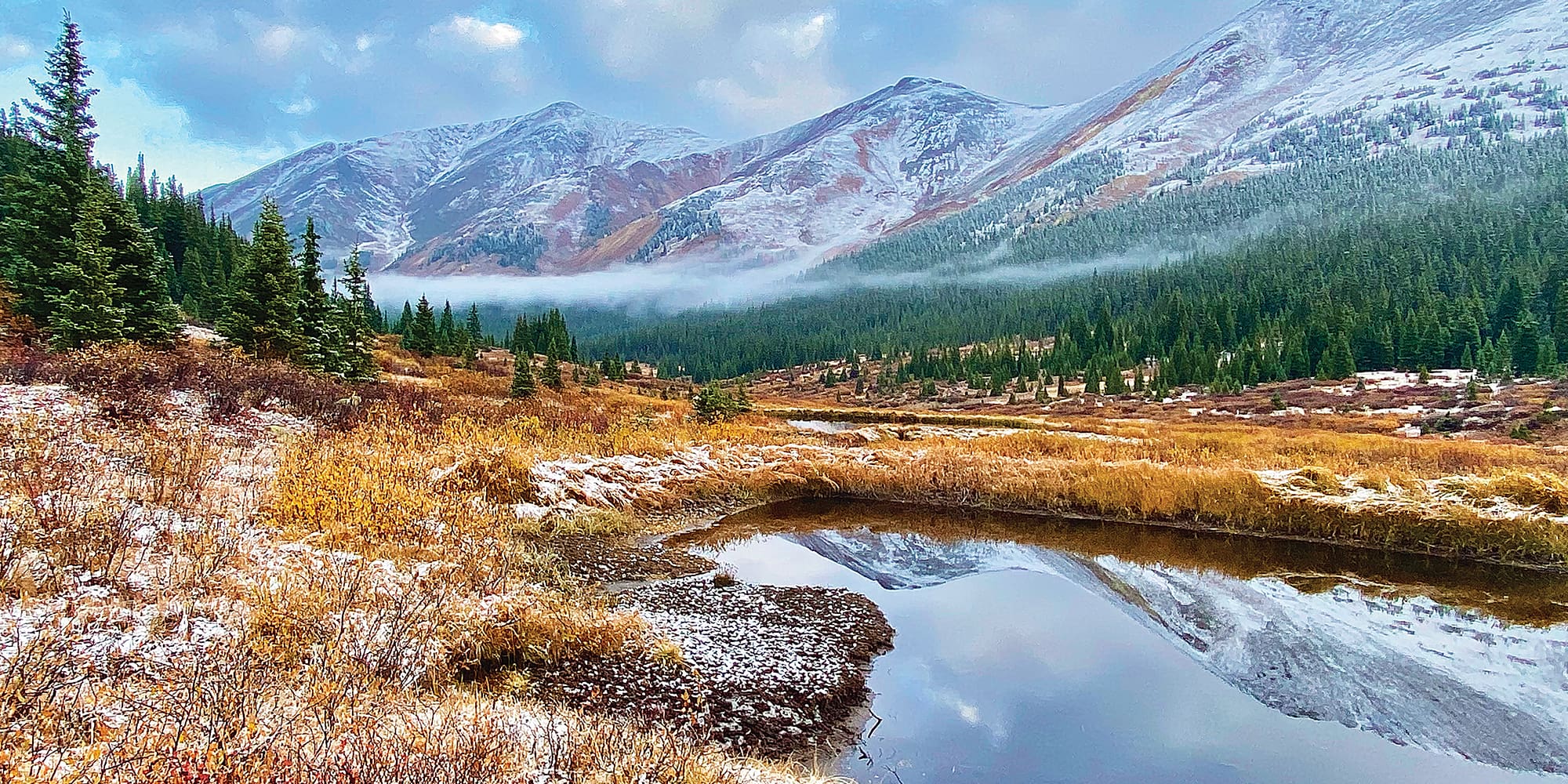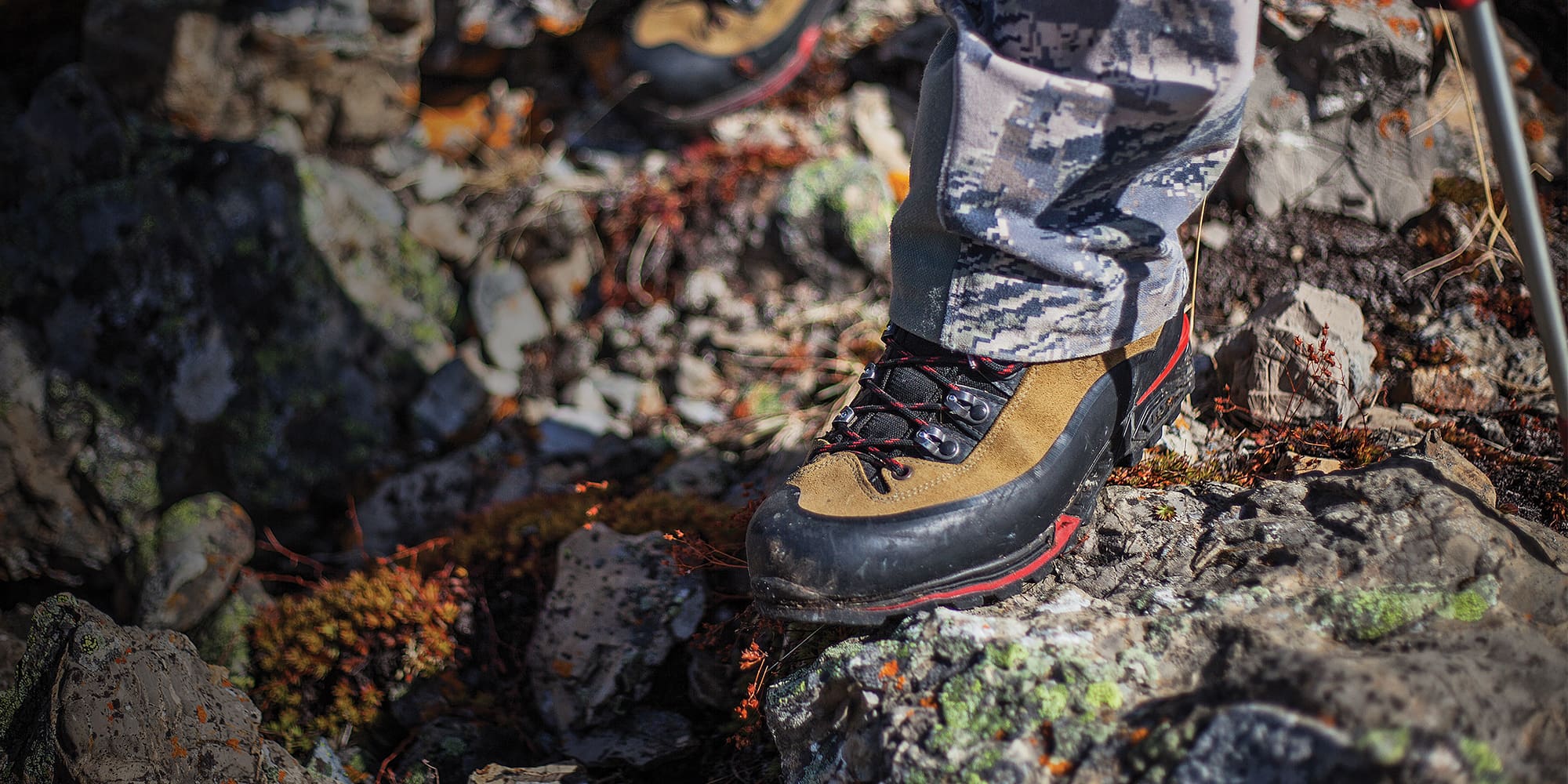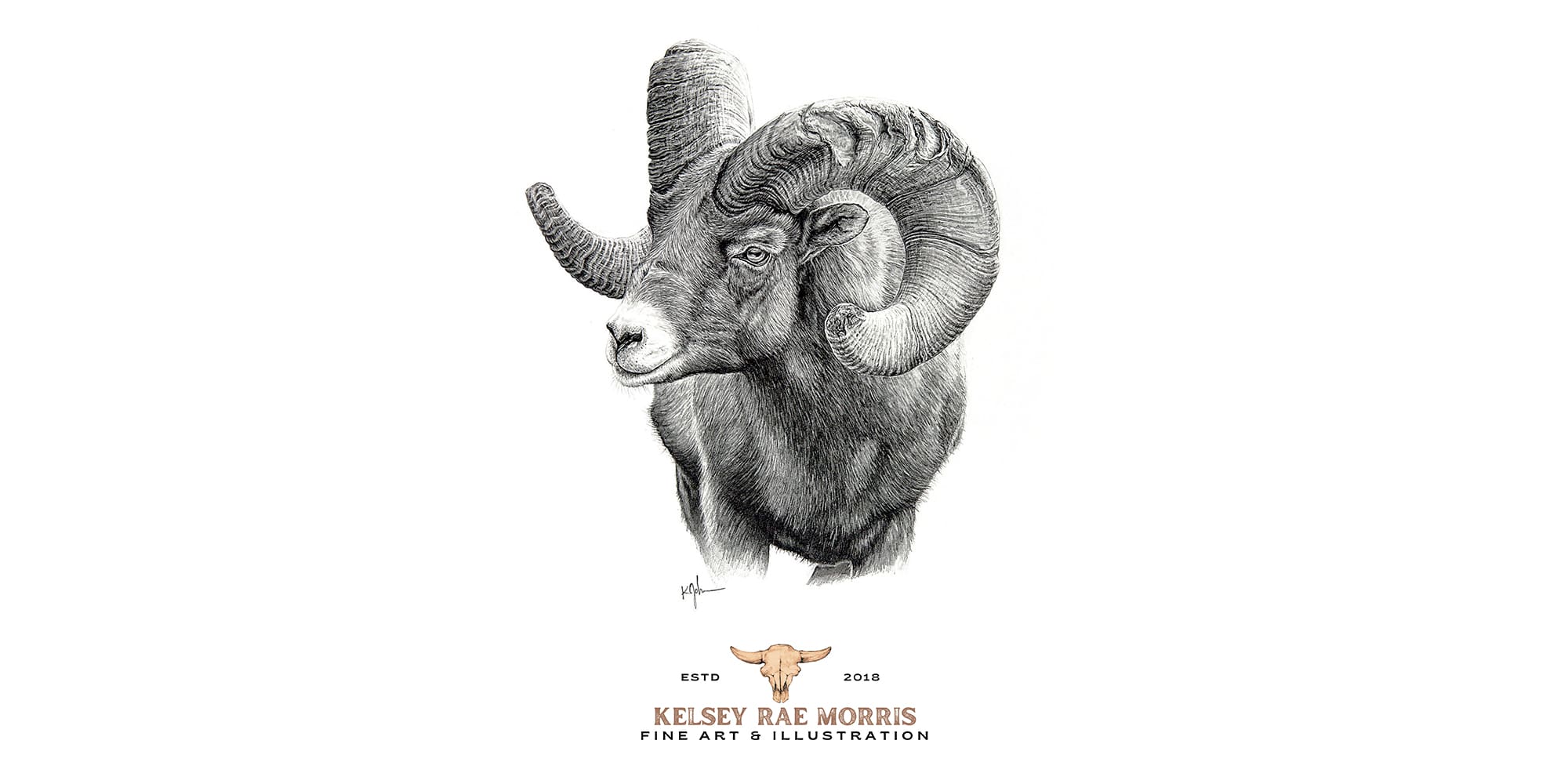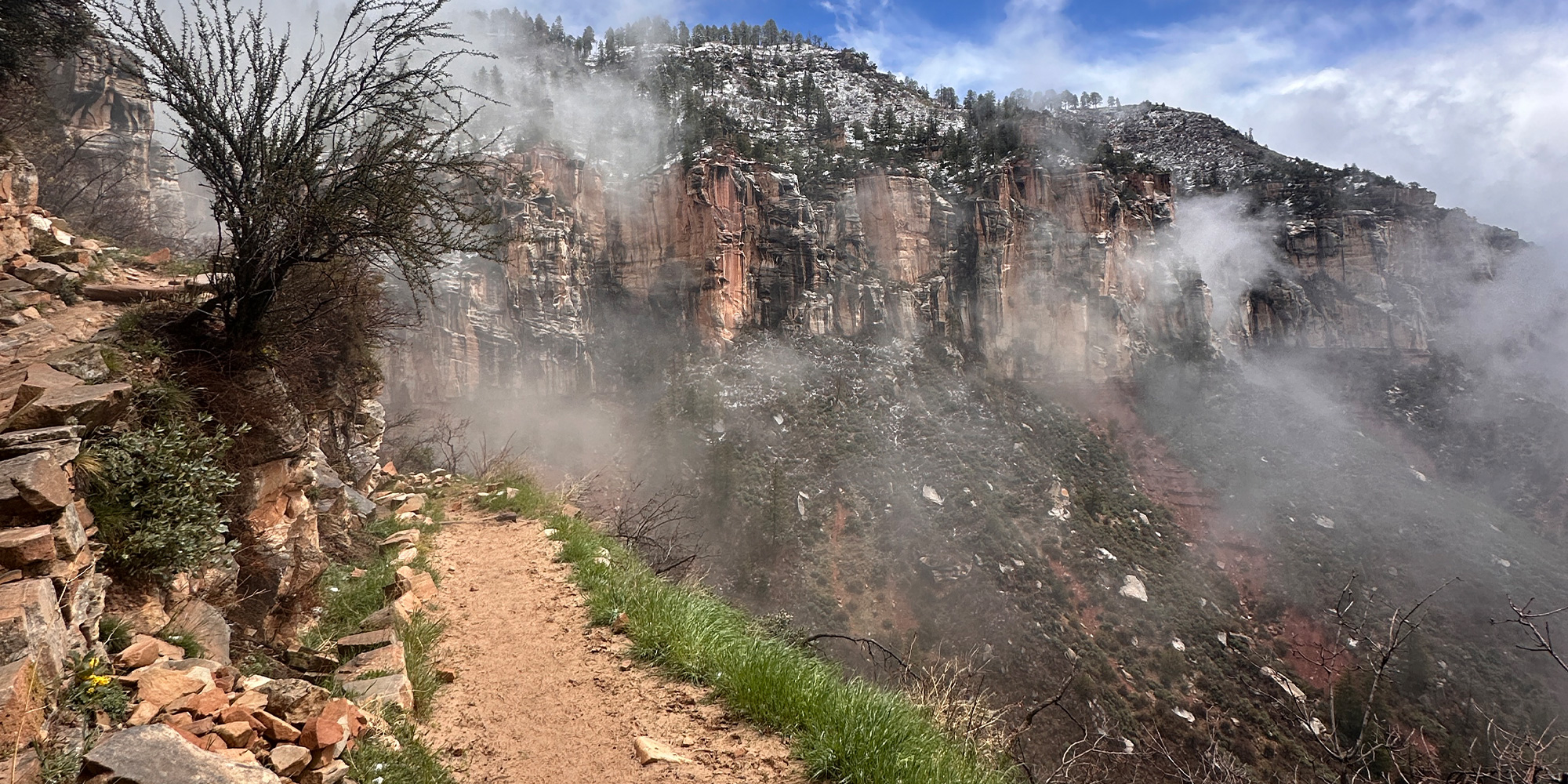
NOTICE: Certain links on this post may earn a commission for Western Hunter Magazine from Amazon or our other affiliate partners when you make a purchase. Thank you for your support.
How To Eat For A 47.5 Mile Hike
Intro/Synopsis
Most people won’t attempt a 47.5-mile hike with almost 11,000 feet of elevation gain in one shot, and honestly, it’s not the smartest venture in the world. However, you learn a lot about yourself and the nutrition you require to get something like this done - and that is knowledge we think everyone should have. Read Kevin Guillen’s pack list and approach for his 2019 hike of the Grand Canyon Rim to Rim to Rim. There are plenty of tips you can apply to your own adventures.
Find more organic and informative articles like this on the Wilderness Athlete Journal.
The "Why?"
If you’re reading this, you’re likely the type of person who doesn’t get overly excited about roller coasters or use “exhilarating” and “swimming pool” in the same sentence. Many of us are drawn to experiences that require a bit of pain and exhaustion to feel fulfilled, to feel alive, and to feel that “type 2 fun” that sticks with you long after it's over. For me, the crucible that continues to call my name is Rim 2 Rim 2 Rim, a 47.5-mile trek in the Grand Canyon that gains over 10,900 feet of elevation throughout. I’m not sure there is any better example of type-2 fun out there.
A crucible is defined as “a situation of severe trial, or in which different elements interact, leading to the creation of something new.” So you want to discover something new, a new sense of confidence, perspective, and strength, but where do you even start?
One of my biggest hurdles in preparing for my first R2R2R hike was getting my food dialed in, and judging by the number of questions we receive about the food we bring on this trek, it’s an area of uncertainty for a lot of you as well. Having completed this hike 4 times now and each time learning from those around me and from our experiences, I have developed some tricks and strategies to fuel myself through just about anything, or at least a death march like R2R2R.
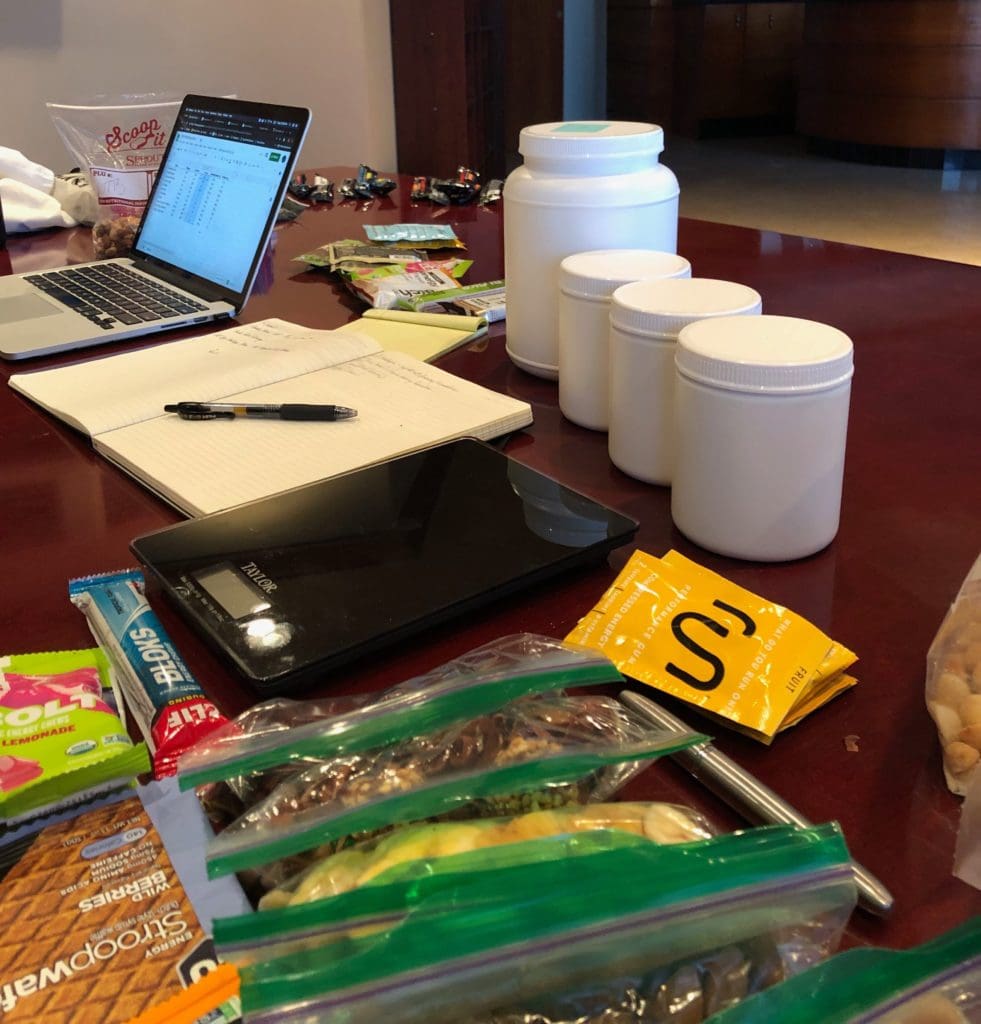
The Science of Fuel
Before I get into the details of what I brought with me and why, It’s important to note that while there are some very well-supported and undeniable truths about what our bodies need, there is also a large degree of unique preference we all have. It’s crucial when preparing for any trip to become familiar with how your body performs with what you give it, and I suppose that is the first bit of advice I can give. The most well-rounded and intentional nutrient plan may look great on paper, but you need to feel confident in how your body is going to convert each calorie into efficient and propelling energy.
Make no mistake about it, how you eat and fuel yourself for a long day on the trail can make or break the outcome of your experience. Depending on the nature of the event you're packing for, it can be helpful to create a spreadsheet to get a picture of the calories and breakdown of the macronutrients you're working with. If your trip is multiple days where space and weight are not of huge concern, this may not be as crucial. Our R2R2R hike is done in less than 24 hours so speed is a priority that leaves no room for extra food that does not serve a purpose.
Here is an example of my spreadsheet which represents the bulk of my fuel source options. I say options because this is where I started but several subtractions and small additions were made in the final day before the hike.
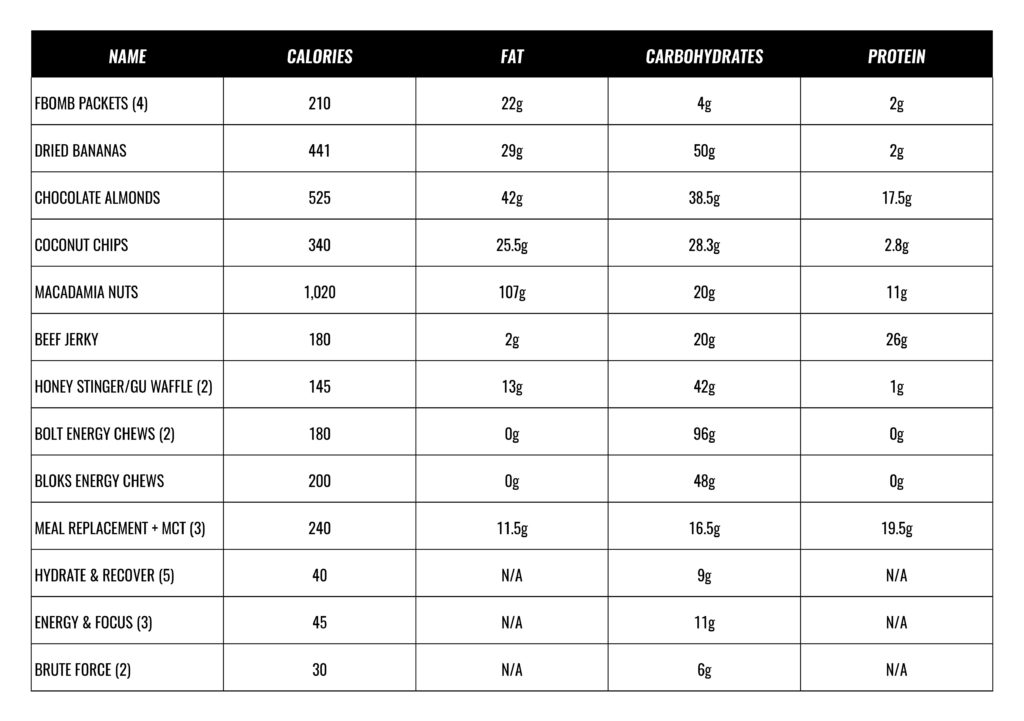
This totals 5,251 calories, 341 grams of fat, 486 grams of carbs, and 126.8 grams of protein. Some items not reflected here are the Heathers Choice buckwheat breakfast and peanut butter I ate for breakfast at the hotel, a Snicker’s bar, fruit sticks I added last-minute for quick burning carbs, and a couple of servings of Brute Force Pre-Workout to get me through the final push up the South Rim. Leaving the trailhead, my running vest contained roughly 4,800 calories, 341 grams of fat, and close to 170 grams of protein. This is a bit overkill, but admittedly, there is a certain level of safety net in there in case our day hike through the Grand Canyon becomes an overnighter.
Our bodies can only process between 200-300 calories per hour which is why it’s preferable to snack on energy-dense foods throughout the day rather than large meals all at once. In the Grand Canyon, as with all endurance events, you are burning calories far faster than you can bring them on - so being in a calorie deficit is just the nature of the beast. The trick is to give your body the right nutrients, micro and macro, at the right times so when your exercise demands a certain level of cellular energy, it’s there.
Schedule
Here’s a rough overview of how and what I ate over the course of my day:
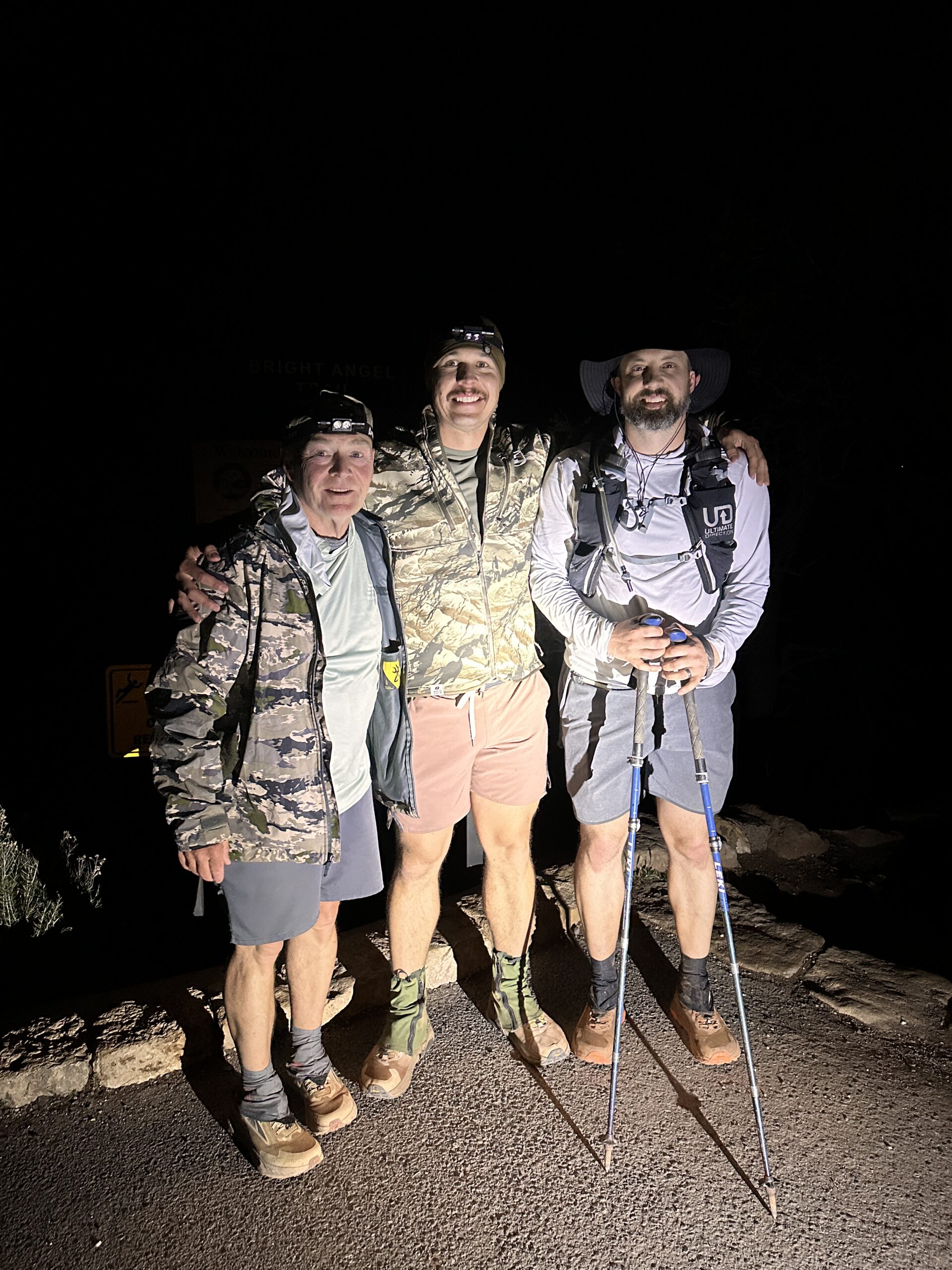
11:30 PM - Midnight: I began the morning with a Heather’s Choice buckwheat breakfast with extra peanut butter. This would be my last real “stick to your ribs” meal for the rest of the day and the high fat and protein content would help me avoid an insulin rollercoaster and feel full longer. I also took two Altitude Advantage pills and three Joint Advantage pills to keep valuable micronutrients in my system.
3:00 AM (9 miles in) - After a hearty breakfast before starting the hike I had my first Meal Replacement Shake with Wild C8 MCT along with an Energy & Focus with Hydrate & Recover. At this stage, I am continuing to take in healthy fats and replenish my electrolytes along with some caffeine to push through the 11 miles of flat meandering trail to the base of the North Rim. Periodically I am snacking on macadamia nuts, coconut chips, and a bite of jerky here and there for added protein and calories. FBOMB nut butter packets are also great snacks on the move.
5:30 AM (roughly 20 miles in) - I am now at the base of the North Rim and load up on water and calories before beginning the hike to the top. I take in a handful of jerky, a half a pack of energy chews for fast-acting carbs, and a handful of dried banana chips for the added potassium. I wash it down with another Meal Replacement Shake with Wild C8 MCT and head up. On the way up I also ate an FBOMB packet so I didn’t fall too far into a calorie deficit.
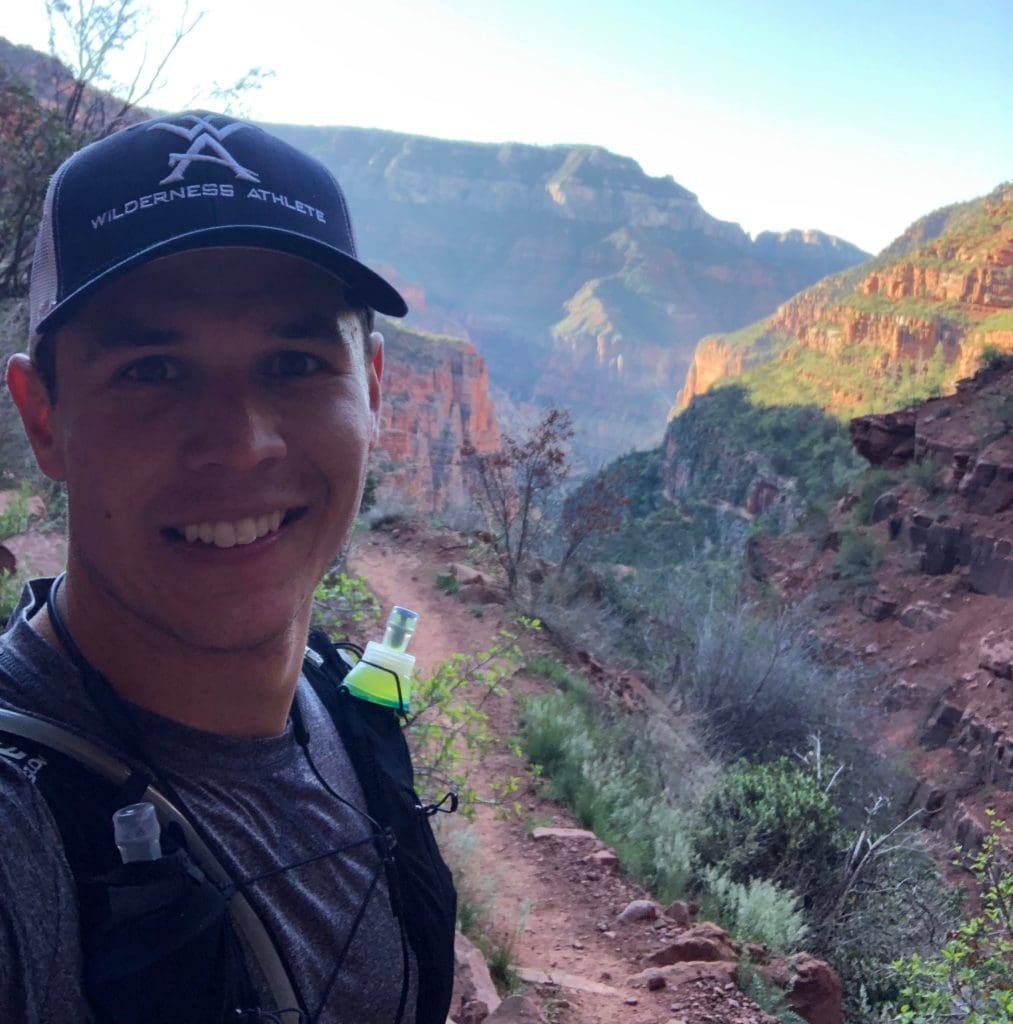
8:20 AM (halfway point at the North Rim) - My biggest failure in all of this was not drinking enough water. With no water at the North Rim, I had to conserve 2.5 liters all the way up and back down. I arrived at the North Rim dehydrated and in dire need of salt and carbs. Continued taking salt pills every hour and also ate a lot of my banana chips at this point. I ate half of my Snickers bar to pick my blood glucose up and washed it down with the remainder of a Hydrate & Recover I began drinking on the way up. Also ate a few ginger chews to combat a bit of nausea I was feeling from the altitude and dehydration. I also split a bag of Fritos with Kendall which was perfect.
11:00 AM-ish (My timeline gets a bit hazy after this) - At the bottom of the North Rim again I felt the heat beginning to set in with a long way still to go. I ate an FBOMB packet, Blok energy chews, a Honey Stinger waffle, and as much water as I could stomach before heading through the hot and exposed 11 miles to our next water stop at Phantom Ranch.
2:00 PM-ish (Arrival at Phantom Ranch - 9 miles left) - At this point, heat exhaustion is setting in - nothing tastes good, mental fatigue is real, and energy is low. Over the hour break I took here, I drank lots of water, a Meal Replacement Shake, energy chews, jerky, and the remainder of my coconut chips.
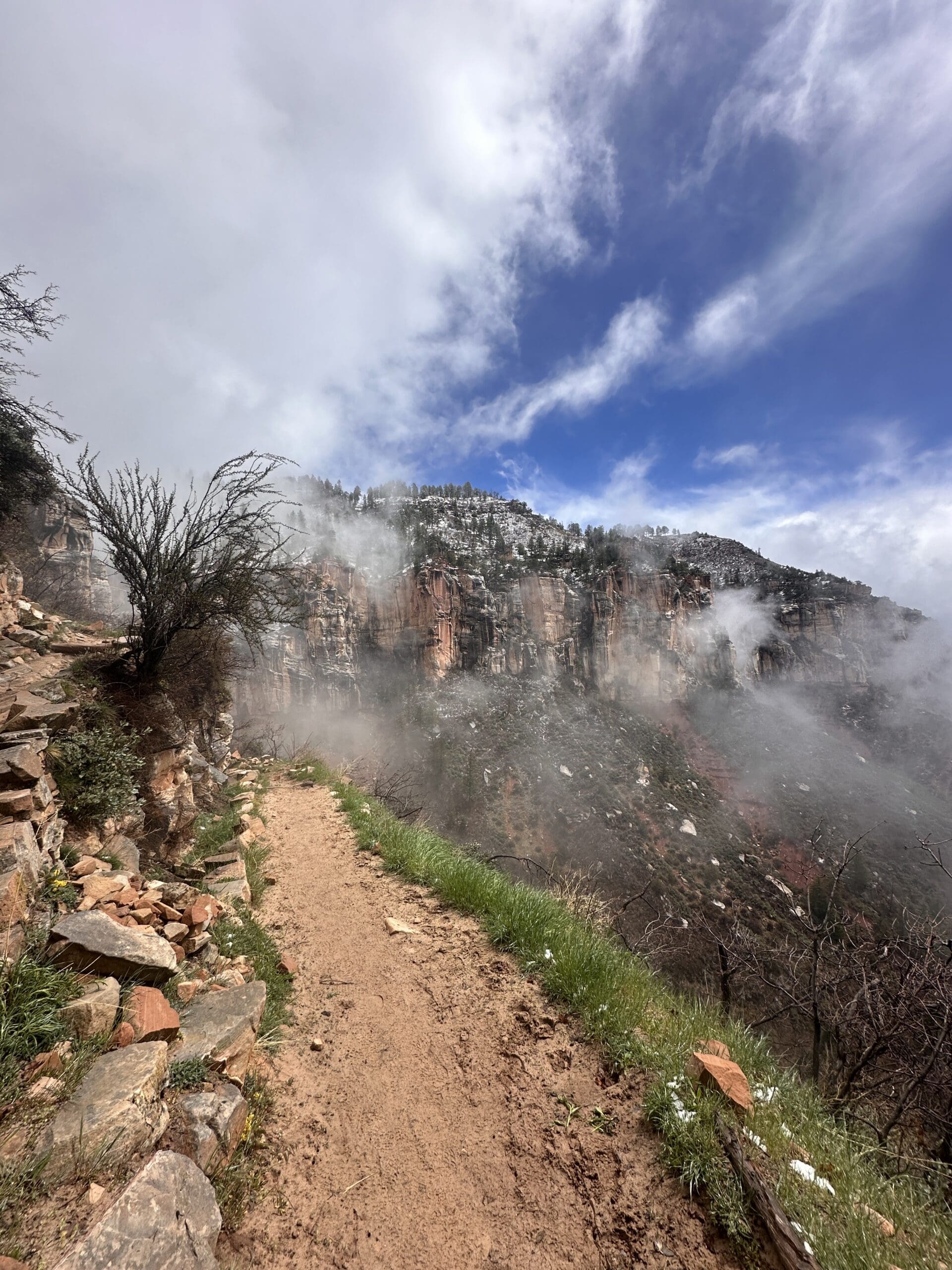
5:00 PM-ish (Indian Garden - the home stretch) - Indian Garden is only 3 miles from the top of the South Rim, but these 3 miles are possibly the most difficult miles of the whole trail. I ate the rest of my Snickers bar, a handful of macadamia nuts, and slammed a Brute Force Pre-Workout to enlist the help of caffeine and amino acids for the final push. At this point, it’s very hard to eat much at all. Your energy metabolism is one thing, but your appetite is another. Of the 4,800 calories I brought with me, I only consumed roughly 3,900 calories. Compared to years past, this wasn’t a lot of excess weight.
To simplify, I started the day leaning mostly on slow-burning, fatty foods that would sustain level energy throughout the morning and early afternoon. High sugar/carb foods tend to lead to more frequent hunger and a roller coaster of highs and lows of energy, and in that sense, they are “expensive” when you need to pack and fuel efficiently. That is not to say they don’t have their place though, because they certainly did for me. Once my energy became noticeably depleted and I felt that “bonk” feeling, fast-acting carbs were my go-to (banana chips, energy chews, snicker bars, fruit bars).
Adding fats and proteins to these snacks slows down digestion and increases the longevity of the energy they provide, so throwing in some macadamia nuts, nut butter, and jerky was important with these snacks. For the carbohydrates I relied on, I looked for a balance in sources like complex fructose and the more readily absorbable glucose and sucrose for the moments where I needed to pick up the pace.
Key Takeaways
Here are some of the notable takeaways I found from this year’s hike and I will use these in my approach for next year. Hopefully, there are one or two that you can use to avoid my mistakes and perform better because of them.
- No matter how tough you are, heat will show you otherwise. Your body’s fluid and calorie needs increase greatly when exercising in the heat. Knowing this, I will need to increase my water intake greatly if it’s going to be hot again. Heat also leads to a slower pace which results in more exposure to sun and time on your feet, so it’s a compounding issue. Drink water, and when you’re done, drink some more. Then drink a little more for the road.
- If you don’t LOVE eating it at home, it shouldn’t come with you. While the banana chips played a good nutritional role, I will next time look for a fruit that is more enjoyable to eat when my mouth is dry and chalky already. I also took some caffeinated runner's gum which sounded good at the store but tasted like the rubber from the bottom of my shoe. A good friend Kendall Card brought a small bag of Fritos, and I don’t think I’ve ever seen something more mouth-watering. I will be packing a few chips next time!
- Good company is most important in the “dark place.” It’s incredible to feel the push and strength you get from the company of someone who is going through the same struggle as you are. There is also a fine line between too much conversation, and just enough to take your mind off of each grueling step. Do your best to surround yourself with the right company when you enter the pain cave, it can make all the difference in the world. (If you don’t know what I mean by pain cave, one day you will, and you'll realize there is no better name for it.)
No two experiences I have had in the Grand Canyon are the same, and I imagine the mountain in front of you that you feel compelled to climb will be the same way. Truthfully, on a daily basis, the way you train, sleep, and eat are greater determining factors for how you perform than the food eaten on that day alone. However, taking the extra time to analyze the nutrients you're going to take, the struggles you will face, and familiarity you have with your body will pay off immensely in the end.
Several of us from the Wilderness Athlete team have completed the Rim 2 Rim 2 Rim hike and are eager at the chance to help you prepare for whatever crucible you set your sights on. Please don’t hesitate to contact me or anyone from our team to chat about the nutrition, gear, mental approach, or even just to share stories of your adventures. We’ve all learned from the sweat and blisters earned by people who did it before us and it’s our turn to pay it forward.
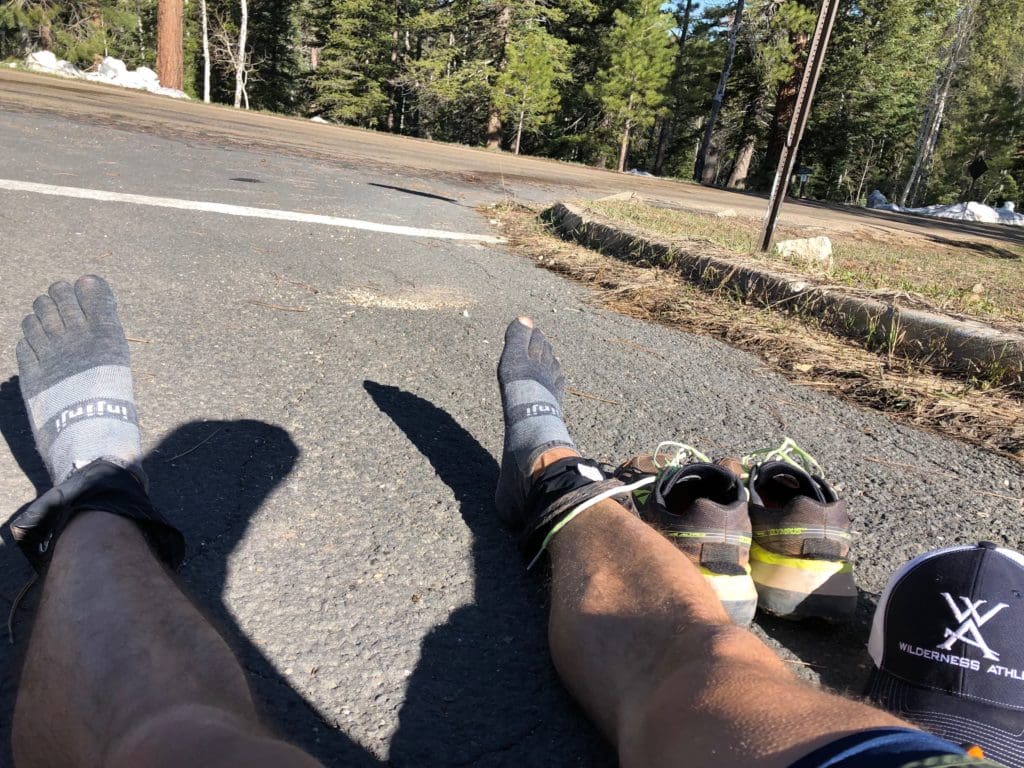
Addendum
I wrote this article 5 years ago after having completed a Rim 2 Rim 2 Rim hike for the fourth time. Today, I have completed this hike 7 times and there have definitely been some adjustments to how I approach this arduous day. The bulk of my 2019 food list was the same this year with a few adjustments that I will explain.
UCAN Energy + Whey Powder: This year I packed 3 servings of this super starch, high-carb shake with me. What I like about it for an endurance event like this is that I don’t feel an immediate change, but instead feel “good” and stronger for longer. It tends to be that a shake that gives a quick boost in energy burns out quickly.
UCAN Energy Gel: Utilizing the same proprietary resistant starch as in their protein shake, these gels came in clutch when I needed a more rapid boost. They are far more enjoyable to eat than traditional Hammer gels and you don’t need to drink a bunch of water to choke one down. They work great at providing a quick boost but also sustained energy.
Wilderness Athlete Rescue Hydration: In years past I only had prototypes of this formula. I was glad I now had real packets to add to my H&R or Superman mixes. The added sodium and potassium, along with astaxanthin and l-glutamine, absolutely fortified my endurance, resistance to cramping and fatigue, and electrolyte balance. I drank two of these throughout the day.
Real Food: In years past, I leaned much heavier on sports snacks and processed things to optimize the weight, calorie, and space ratio that I brought with me. I’ve learned there is a much greater boost from the mental component of enjoying what you eat than I had given credit to in the past. This year I packed two pieces of pizza (loaded with meat and veggies), a bag of homemade oryx jerky that Chris Denham had made to perfection, and a bag of smoked pretzels seasoned with spices, dill, and honey.
The takeaways I had in the past still hold true, but with more miles and experience under my belt, there is one more I’d like to add.
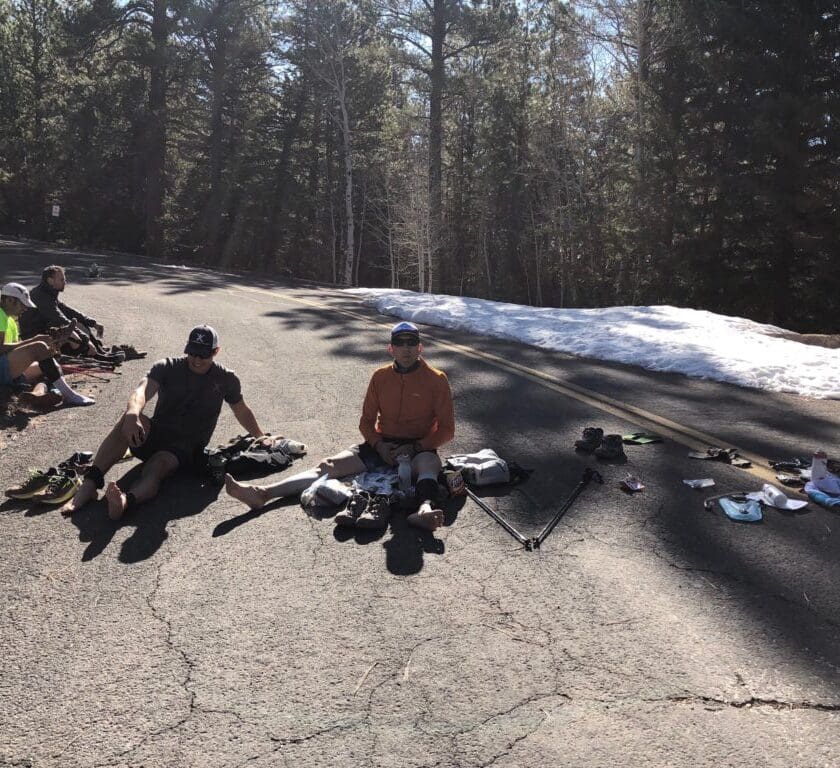
Things don’t always stay the same. At the time of my last article, I was a more efficient fat burner, I didn’t bring enough of the right carbs with me, I trained harder in preparation, I was 5 years younger, and my goals were much different. Doing something like this year after year is more than just a test or a way to hold yourself accountable.
It’s also a useful measuring stick by which you can analyze not only the areas of your health you need to refocus on but also the areas of your life where you have grown. Whether it’s a 50-mile hike in the Grand Canyon, a half marathon in your hometown, or a hill in your backyard - commit to something that challenges you, do it often, and do it with purpose. You’ll be blown away by the results when you look at them in the rearview mirror.


